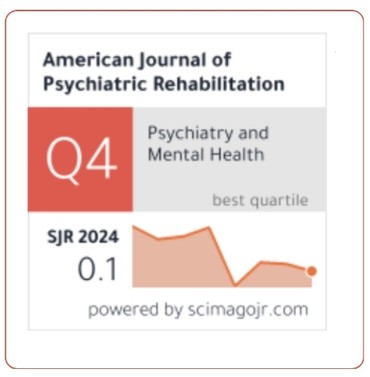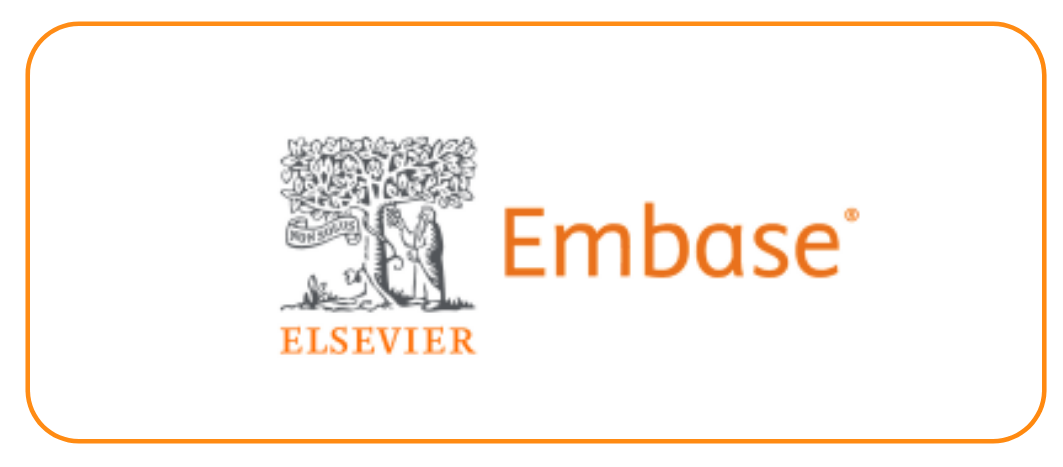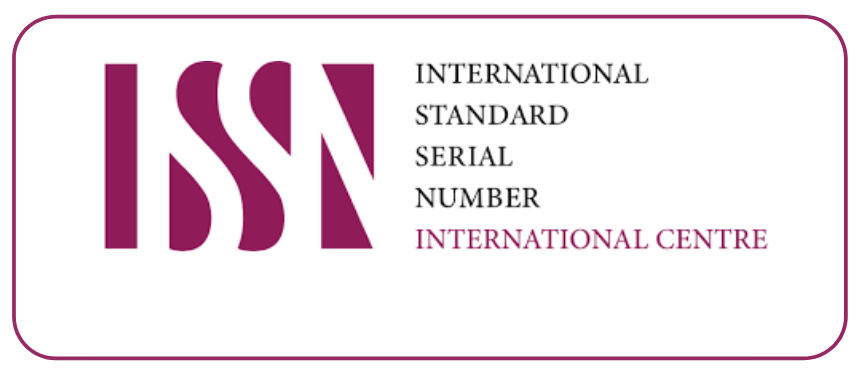Hybrid AI Model for Soil Fertility Prediction and Fertilizer Optimization
DOI:
https://doi.org/10.69980/ajpr.v28i5.362Keywords:
Soil Fertility Prediction, Fertilizer Optimization, Hybrid AI Model, Deep Learning in Agriculture, Soil Nutrient Analysis, Nutrient Deficiency Detection 20]Abstract
Excessive use of pesticides and fertilizers in agriculture has led to issues such as soil erosion, water pollution, low microbial activity, and rising production costs [3]. This is crucial for sustainable agriculture, as it determines crop growth, nutrient balance, and environmental protection. However, standard methods of soil testing include laboratory tests; hence, they are time-consuming, costly, and not readily available to farmers. Such issues can cause delays in decision making, which leads to inefficient fertilizer use and long-term soil degradation. To address these issues, an AI-based Soil Fertility Prediction System was designed. The system uses data from Soil Health Cards (SHC), current weather data, and leaf colour chart (LCC) analysis to make timely and accurate recommendations. The system uses LSTM, a deep learning algorithm, to predict soil parameters, such as pH, nitrogen, phosphorus, and potassium, and weather parameters [8] such as temperature, humidity, rainfall, and wind speed. EfficientNetB0, a light deep-learning model, considers leaf images captured by farmers to detect nitrogen deficiency using LCC-based classification. [2] Both models are merged using a weighted average method, which gives a Soil Fertility Score (SFS) representing soil health and optimal fertilizer requirement. According to this score, farmers provide detailed instructions on how many nutrients are to be utilized. This prevents the overuse of chemicals and allows crops to grow well. The system is web deployable, thus providing easy access to farming communities. With computer vision and deep learning, this method allows for better decisions, minimizes soil damage, and allows sustainable farming.
References
[1] Atila, Ü., Uçar, M., Akyol, K., & Uçar, E., "Plant leaf classification using an Efficient Net deep learning model", Ecological Informatics, vol. 61, pp. 101182, 2021.
[2] Ferreira, P. M., Oliveira, M. S., & Silva, D. F., "Crop nutrient prediction using an ensemble of deep learning models", Computers and Electronics in Agriculture, vol. 195, pp. 106811, 2022.
[3] Zhang, M., Li, M., & Wang, S., "Segmentation of crop leaves using U-Net for intelligent agriculture", Sensors, vol. 20, no. 7, pp. 2032–2045, 2020.
[4] Ma, J., Du, K., Zhang, L., Zheng, F., Chu, J., & Sun, Z., "A segmentation method for crop leaf images based on U-Net", Biosystems Engineering, vol. 191, pp. 54–66, 2020.
[5] Islam, M. T., & Karray, F., "Leaf-based nutrient estimation using deep CNN with Efficient Net architecture", Applied Soft Computing, vol. 108, pp. 107454, 2021.
[6] Chen, J., Wang, Y., Zhang, D., & Xue, Y., "U-Net based semantic segmentation of crop leaves in UAV images", Remote Sensing, vol. 13, no. 3, pp. 498–509, 2021.
[7] Wang, Y., Han, Y., & Wang, S., "Crop trait estimation using LSTM and CNN fusion networks", Computers and Electronics in Agriculture, vol. 175, pp. 105586, 2020.
[8] Li, W., Yu, Y., & Sun, D., "Deep learning-based segmentation of crop field images using U- Net and modified Res Net", Agricultural and Forest Meteorology, vol. 294, pp. 108151, 2020.
[9] Kumar, N., & Kumar, R., "Plant leaf feature extraction and classification using hybrid deep learning", Neural Processing Letters, vol. 53, no. 2, pp. 1103–1120, 2021.
[10] Liu, J., Zhang, H., & Meng, Q., "Efficient deep learning model for leaf attribute recognition", IEEE Access, vol. 9, pp. 83456–83465, 2021.
[11] Gao, F., & Xu, Y., "Crop nutrition analysis of leaf images using VGG and Efficient Net architectures", Plant Methods, vol. 16, no. 1, pp. 1–13, 2020.
[12] Khan, M. A., Sharif, M., Raza, M., & Saba, T., "Deep convolutional neural networks for leaf shape classification", Future Generation Computer Systems, vol. 97, pp. 564–573, 2019.
[13] Ren, J., Huang, H., & Wang, Y., "Nutrient stress detection in crops using image segmentation and CNNs", Information Processing in Agriculture, vol. 7, no. 4, pp. 542–549, 2020.
[14] Liu, Y., Chen, H., & Wu, Q., "Smart farming with Efficient Net-based crop classification", Computers and Electronics in Agriculture, vol. 180, pp. 105895, 2021.
[15] Srivastava, N., & Singh, A., "Leaf segmentation using hybrid U-Net with attention modules", Procedia Computer Science, vol. 173, pp. 350–359, 2020.
[16] Alom, M. Z., Hasan, M., Yakopcic, C., Taha, T. M., & Asari, V. K., "Recurrent residual U-Net for leaf structure segmentation", Journal of Visual Communication and Image Representation, vol. 55, pp. 628–638, 2018.
[17] Zhu, Y., & Guo, X., "Vegetation classification using U-Net with spectral and spatial features", Remote Sensing Letters, vol. 11, no. 4, pp. 396–405, 2020.
[18] Zhou, P., Jin, L., & Wang, C., "High-resolution crop segmentation with attention U-Net", Expert Systems with Applications, vol. 170, pp. 114553, 2021.
[19] Rahman, A., Chaki, J., & Dey, N., "Smart agriculture using deep learning", Advances in Intelligent Systems and Computing, vol. 941, pp. 79–91, 2020.
[20] Kim, S., & Kim, J., "Multi-class crop image classification using Efficient Net and transfer learning", IEEE Transactions on Industrial Informatics, vol. 17, no. 5, pp. 3438–3446, 2021.
[21] Hu, Y., & Zhang, B., "Leaf nutrient level analysis using deep CNN-based regression", Computers and Electronics in Agriculture, vol. 178, pp. 105785, 2020.
[22] Hassan, S., Rehman, M. A., & Ali, R., "Lightweight deep learning model for real-time crop nutrient prediction", Multimedia Tools and Applications, vol. 80, no. 13, pp. 20023–20039, 2021.
[23] Wang, H., Liu, D., & Fang, Y., "CNN-based spectral feature classification for nutrient stress detection", Agricultural Systems, vol. 183, pp. 102864, 2020.
[24] Tran, Q., & Nguyen, M., "U-Net inspired model for robust crop leaf segmentation", Pattern Recognition Letters, vol. 138, pp. 376–383, 2020.
[25] Madhan, S., & Kalaiselvan, A. (2024). Omics data classification using constitutive artificial neural network optimized with single candidate optimizer. Network: Computation in Neural Systems, 1–25.
Downloads
Published
Issue
Section
License
Copyright (c) 2025 American Journal of Psychiatric Rehabilitation

This work is licensed under a Creative Commons Attribution 4.0 International License.
This is an Open Access article distributed under the terms of the Creative Commons Attribution 4.0 International License permitting all use, distribution, and reproduction in any medium, provided the work is properly cited.









